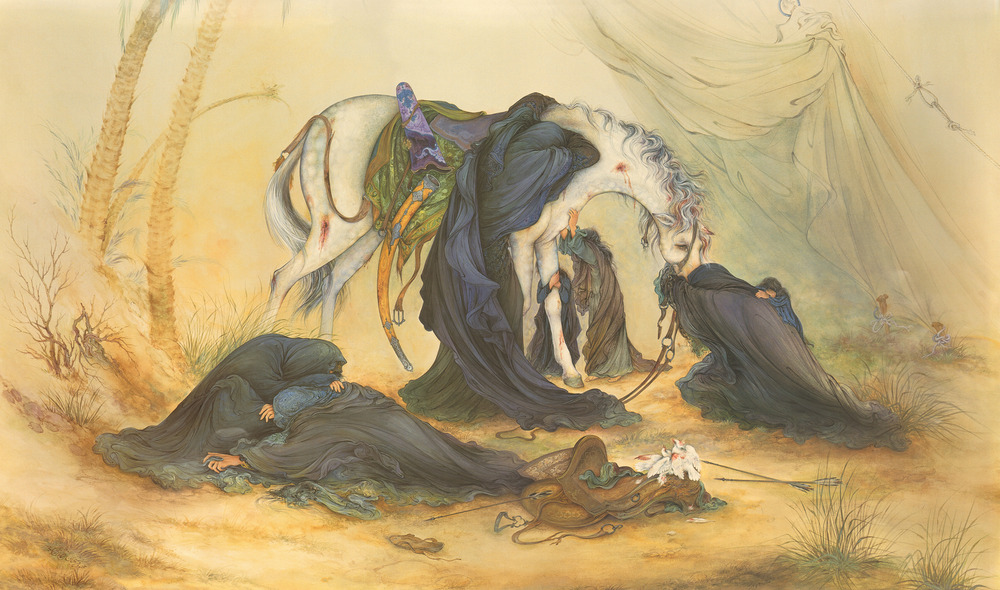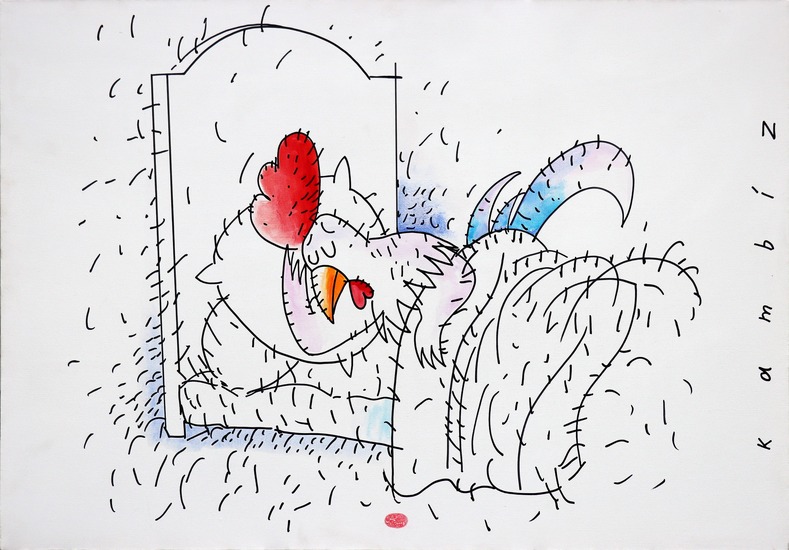
Caricature: A Penetrating and Innovative Art in the History of Iran
Caricature: A Penetrating and Innovative Art in the History of Iran
The art of caricature involves exaggerating, distorting, or otherwise amplifying the features of a human, animal, or object in a visually recognizable way. Typically, a caricature is created by visually distorting key features of the subject or by representing them with characteristics inspired by nonhuman traits or behaviors. While this art form is often associated with humor and playfulness, it frequently transcends mere amusement, producing works that are satirical, allegorical, or ironic, aiming not to elicit laughter but to provoke thought. Caricature conveys a subject directly to the viewer without relying on speech or text.
Caricature originates from drawing and painting, but its clear orientation toward humor, satire, and ridicule distinguishes it from other visual arts. To define its boundaries as a distinct visual genre, a caricature relies on certain elements and principles. Broadly speaking, the most important principles include contrast and contradiction, resemblance, exaggeration, abstraction, and symbolism.
Cartoon
Cartoons are humorous and satirical illustrations typically published in newspapers and magazines. They often address specific topics that appear funny on the surface but carry an underlying critique. Compared to caricature, cartoons encompass a wider range of subjects and may incorporate caricature-like elements as part of the composition. Despite differences in usage, history, and terminology, the terms "cartoon" and "caricature" are often used interchangeably in many cultures today.
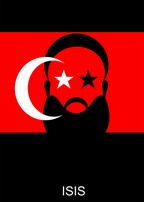
Cartoon of ISIS, by Mohammad Hossein Niromand
History of Caricature
The origins of caricature elements—such as exaggeration, distortion, the combination of human and animal forms, and humorous imagery—can be traced back to ancient civilizations, particularly Greece and Rome. Later, quasi-caricature elements appeared in medieval architecture and sculptural forms, featuring bizarre combinations of humans and other creatures. For example, one might note a monkey playing a violin on a church capital while a donkey holds the sheet music in front of it.
There is no consensus on the exact emergence of what we today call caricature, but one constant throughout history is the link between the creation of visual satire and the religious reform movements following the Middle Ages. During this period, satirical images became a tool for confronting the Church and anti-Church movements. Artists such as Leonardo da Vinci and Giuseppe Arcimboldo (1527–1593) experimented with facial analysis or combining human faces with fruits and vegetables, paving the way for later developments in caricature. Another influential figure of this era was Annibale Carracci (1560–1609), whom many art historians consider a pioneer of modern caricature.
Tools for Caricature
Caricature, following the visual traditions of arts such as drawing, painting, and illustration, utilizes largely the same tools as these disciplines. These tools include various types of pens (pencils, conté pencils, ballpoint pens, markers, rapidographs, and brushes), colored pencils, and paints (such as ink, gouache, watercolor, ecoline, and acrylic), as well as different paper and cardboard surfaces. Additional essential tools include charcoal, chalk (pastel), palettes, erasers, rulers, and airbrushes. In contemporary caricature and cartooning, digital tools have become highly prevalent, including computers, graphic design software, and digital pens/tablets.
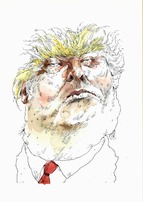
Caricature of Trump by Seyed Masoud Shojaei Tabatabai
Caricature Design Software
Computer software used for designing and drawing caricatures can be divided into three main categories: Non-professional software: These programs operate based on certain presets and automatically generate an exaggerated form of a given image (for example, a photographed human face). Advanced 2D and 3D animation and caricature software: This category comprises software tools such as 3ds Max, Maya, Mudbox, Toon Boom Studio, and Cambridge Animation Animo. In these programs, any distortion or exaggeration is performed deliberately by the caricaturist or cartoonist. Professional image-editing software: Programs like Adobe Photoshop fall into this category, allowing designers to modify and reconstruct images at any level according to their creative intent.
Computer software used for designing and drawing caricatures can be divided into three main categories: Non-professional software: These programs operate based on certain presets and automatically generate an exaggerated form of a given image (for example, a photographed human face). Advanced 2D and 3D animation and caricature software: This category comprises software tools such as 3ds Max, Maya, Mudbox, Toon Boom Studio, and Cambridge Animation Animo. In these programs, any distortion or exaggeration is performed deliberately by the caricaturist or cartoonist. Professional image-editing software: Programs like Adobe Photoshop fall into this category, allowing designers to modify and reconstruct images at any level according to their creative intent.
Caricature in Iran
The formation of caricature in Iran dates back to the Constitutional Revolution and the early years of Mozaffar al-Din Shah’s reign. Works produced during this period, which continued until 1960 (1339 SH), generally exhibit a sharp and biting tone. They feature simple, non-exaggerated illustrations that narrate contemporary political events.
The next stage in the history of Iranian caricature was the development of humorous caricatures during the reign of Reza Shah Pahlavi, 1256–1323 SH (1877–1944), which emerged as political criticism became restricted. The main characteristic of works from this period was the combination of written text with images, a feature that remains central to Iranian cartoons and caricatures.
Gradually, in the works of later Iranian caricaturists, exaggeration and local cultural features became more pronounced. Prime examples of such works can be found in publications like Tofigh, Babashaml, Chelangar, and Caricature.
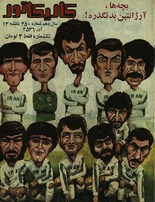
Cover Illustration of Caricature Magazine Depicting players of the Iranian national football team at the 1978 FIFA World Cup in Argentina.
Another major development in Iranian caricature dates back to the 1950s and 1960s (1330s–1340s SH). During this period, advances in printing technology, the spread of periodicals, the rise of intellectual literature, and increased exposure to the outside world led to the emergence of a new form of humorous caricature. The generation of artists shaped under the influence of European cartoonists during this era became the intellectual and practical model for subsequent generations, continuing to the present day.
Caricature during the Islamic Revolution
Iranian caricature, shaped in the decades leading up to the Islamic Revolution by innovative and influential artists such as Ardeshir Mohasses, Kambiz Derambakhsh, Aminollah Rezaei, and Reza Shabiri, has in recent decades successfully established a significant presence both nationally and internationally. The unprecedented growth of publications, the emergence of new communication and information channels, easier global connectivity through internet technologies, and the high number of university graduates in artistic fields are among the key factors behind the recent quantitative and qualitative development of caricature. As a result of this transformation and diversification, Iranian caricaturists have been able to participate in numerous major international festivals and annually achieve a wide array of prestigious awards.
Untitled Cartoon, by Kambiz Derambakhsh
Contemporary Iranian caricature can broadly be divided into two dominant streams. The first is illustrative in nature, responding to current events and focusing on clearly defined subject matter. The second is a more humorous, poetic, and sometimes bitter form of caricature that delves into human themes and issues, expressing them through simple yet profound visual metaphors and subtle humor, symbolic lines, and colors. Interestingly, most of the awards that Iranian caricature has won at prestigious international festivals have gone to artists from the first stream—those who create works in direct response to the pre-determined themes or topics of competitions.
| Name | Caricature: A Penetrating and Innovative Art in the History of Iran |
| Country | Iran |
| awards | International,National |
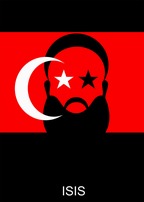
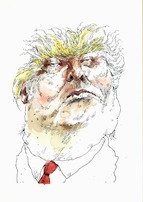
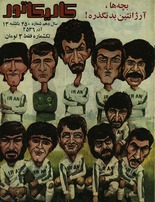



Choose blindless
Red blindless Green blindless Blue blindless Red hard to see Green hard to see Blue hard to see Monochrome Special MonochromeFont size change:
Change word spacing:
Change line height:
Change mouse type:
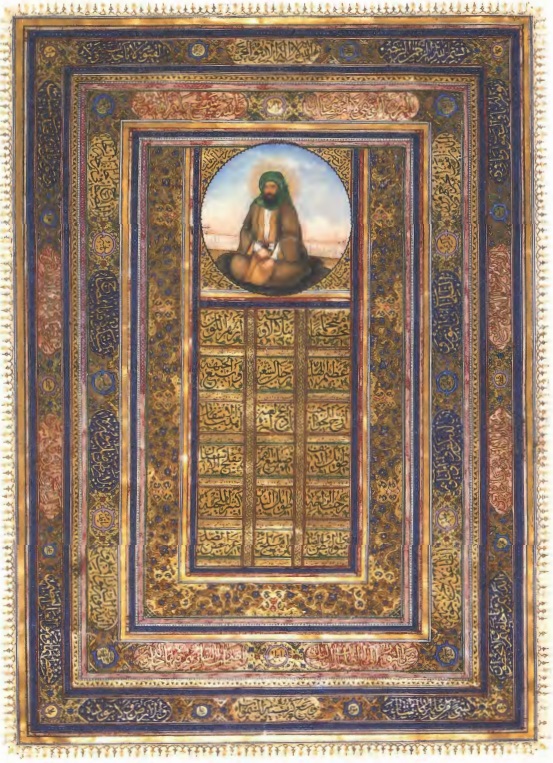
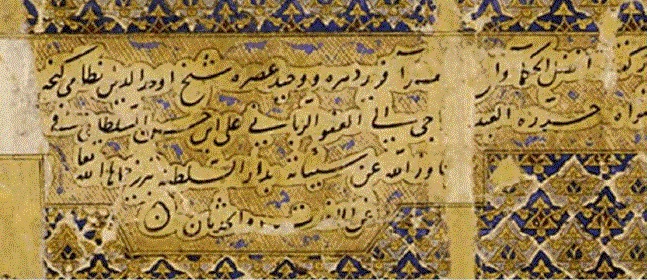
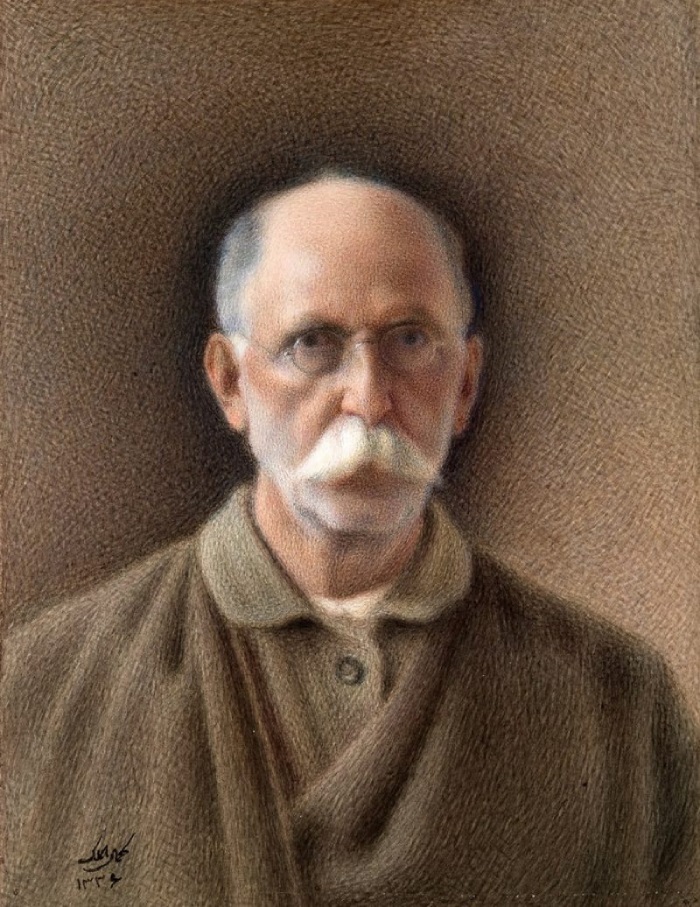
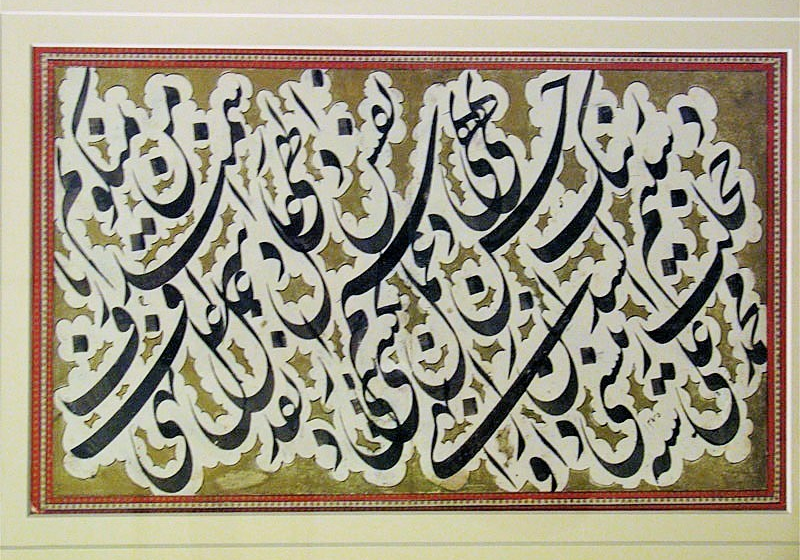

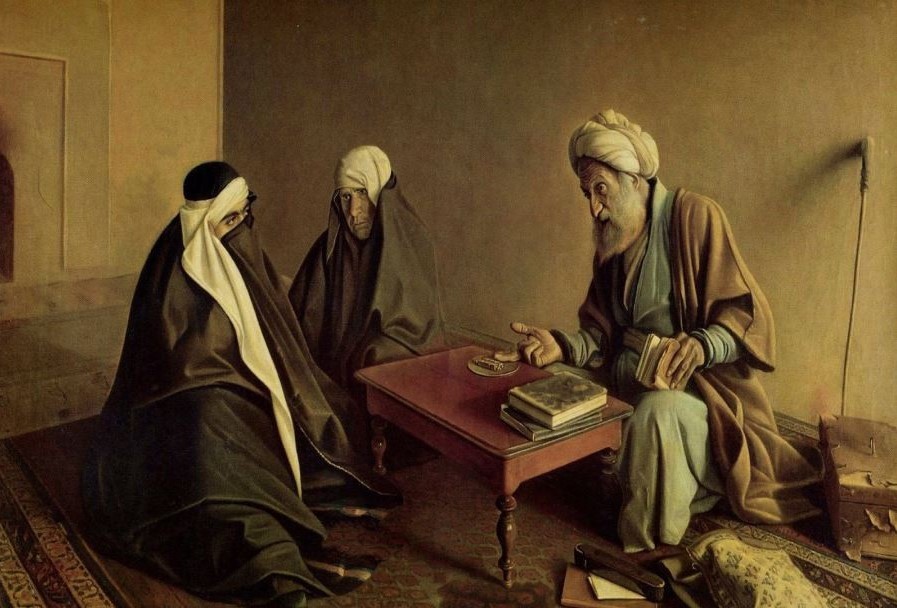
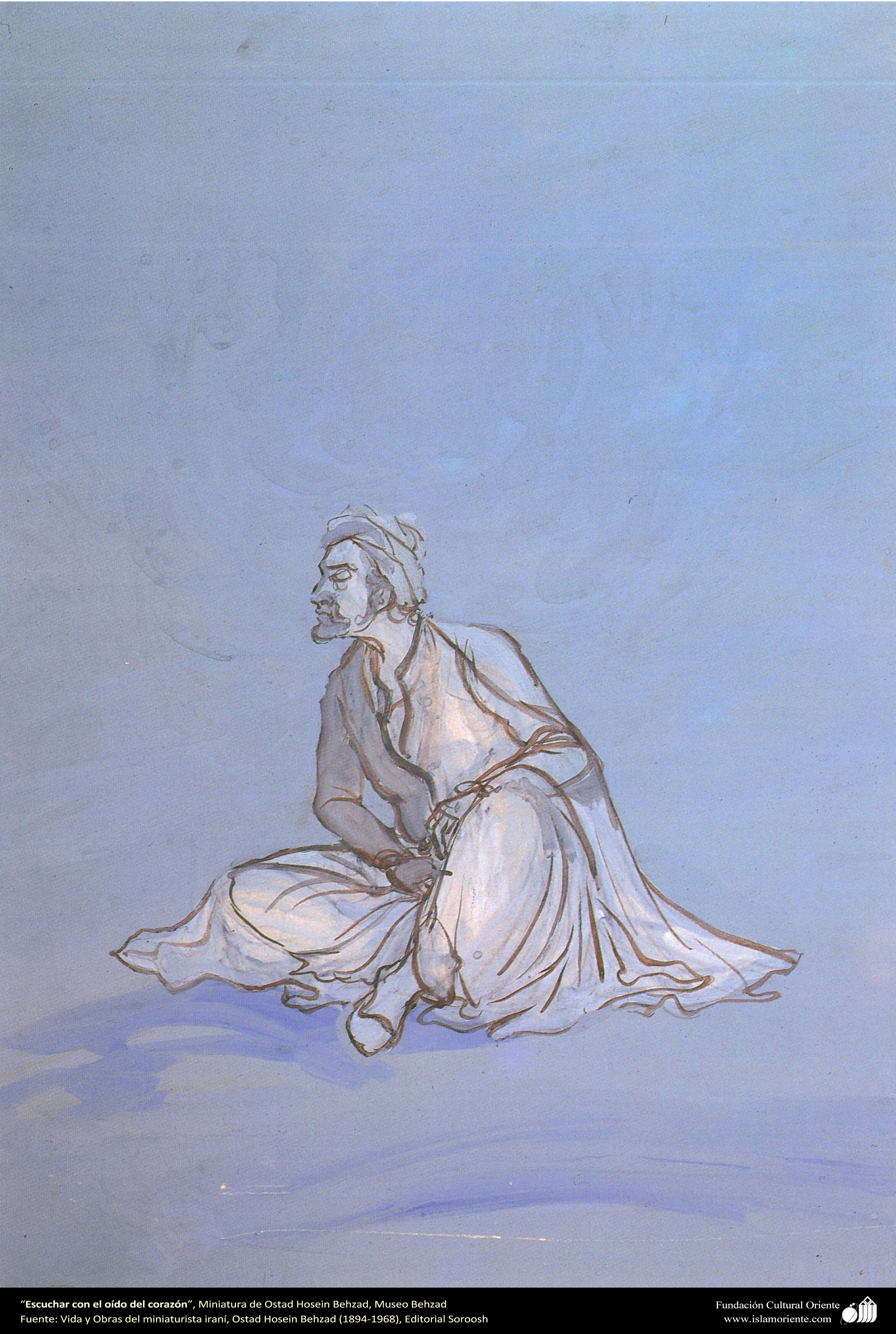
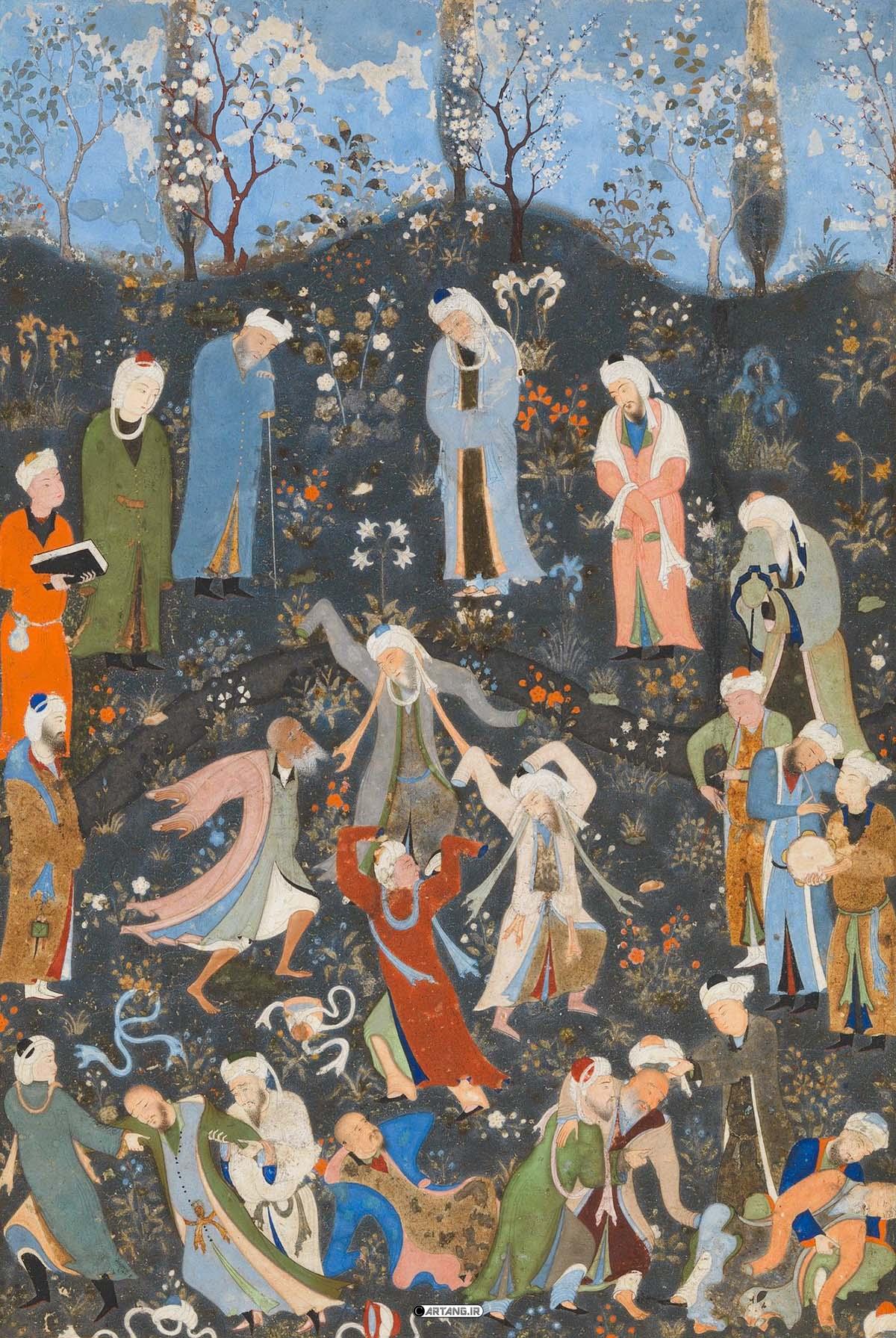
.jpg)
